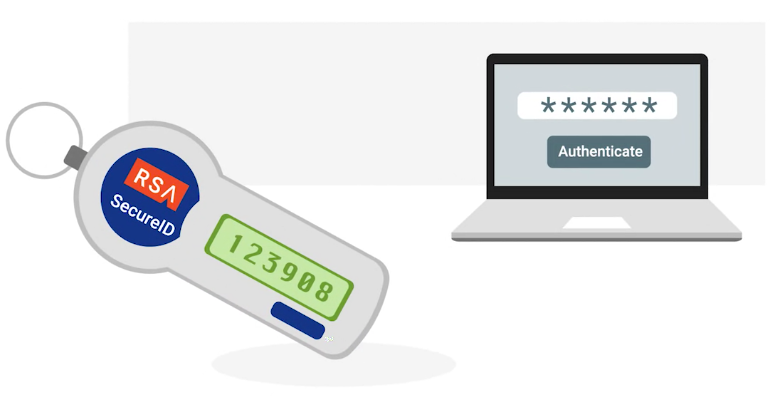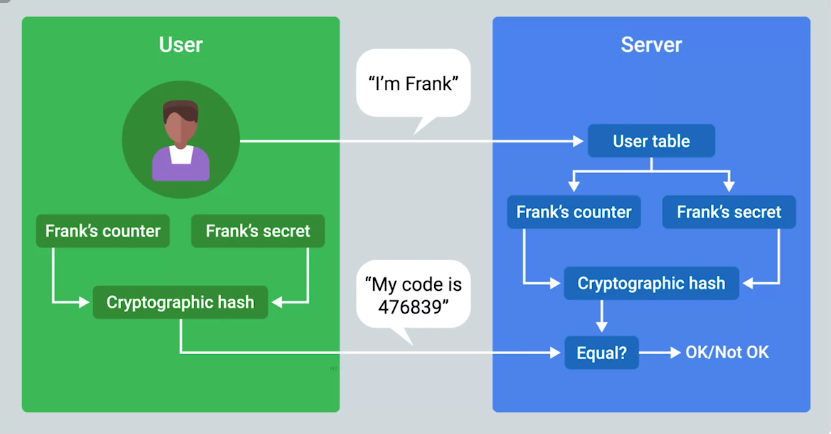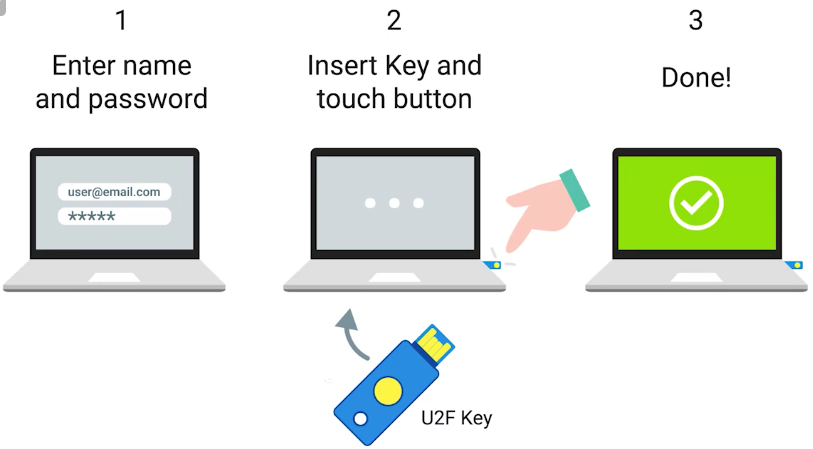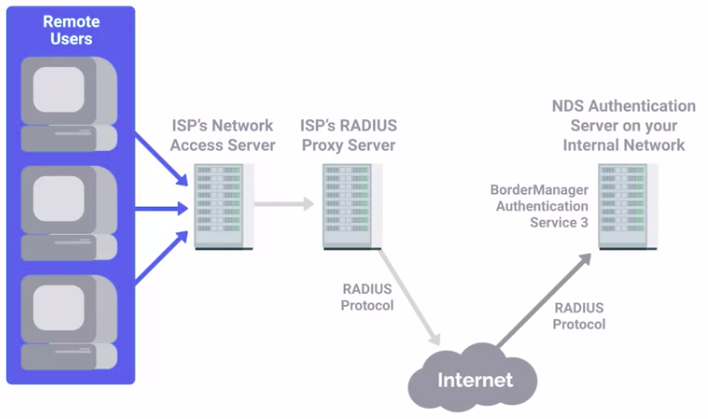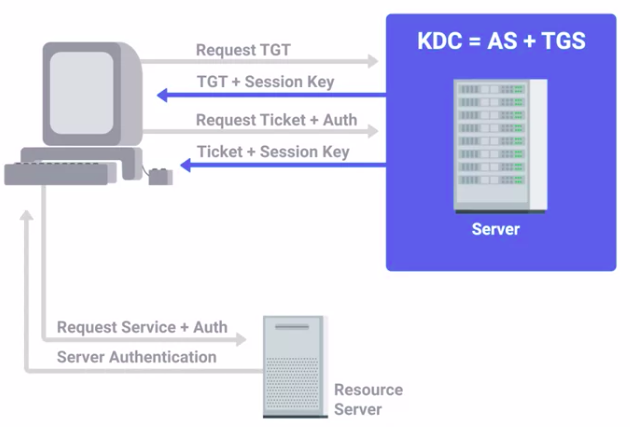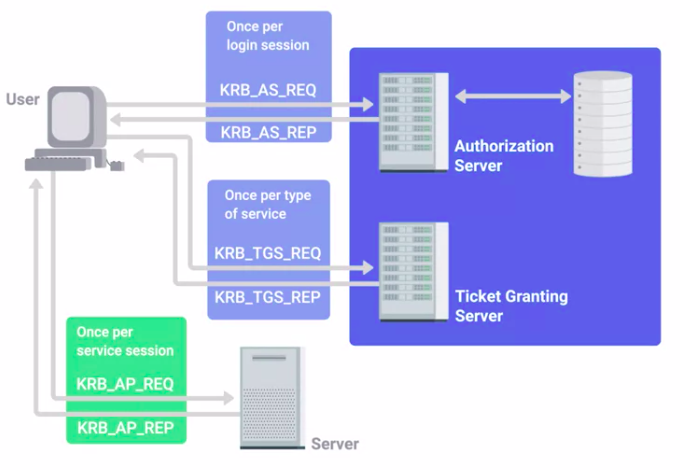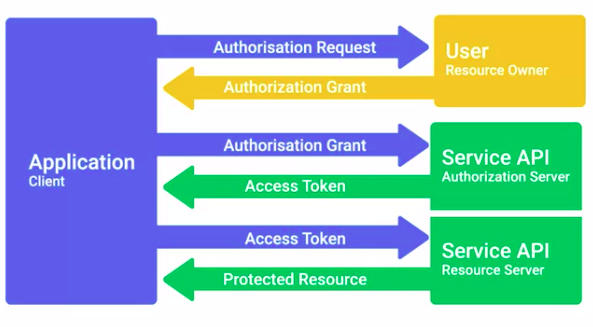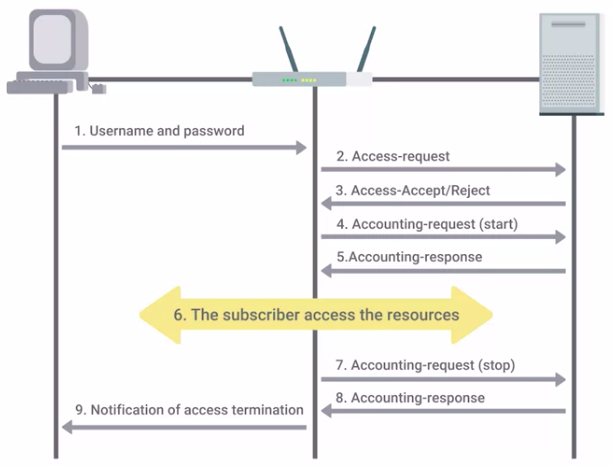The 3 As of Cybersecurity - 3A Authentication, Authorization, Accounting
Authentication
Three types of authentication methods:
- Something you know – password or pin
- Something you have – bank card, USB device, key fob, or OTP
- Something you are – biometric data, like a fingerprint, voice signature, facial recognition, or retinal scan
Some additional categories of authentication methods:
- Somewhere you are – geofencing, GPS, Indoor Positioning Systems (IPS)
- Something you do – gestures, swipe patterns, CAPTCHA, or patterns of behavior
Authentication Best Practices
Incorporating good password policies into an organization is key to ensuring that employees are securing their accounts with strong passwords.
A good password practice makes sure of:
- Length requirements
- Character complexity
- Dictionary words
Identification
The idea of describing an entity uniquely.
Multifactor Authentication
A system where users are authenticated by presenting multiple pieces of information or objects.
- OTP with physical token
- Counter-based token
- Biometrics
- U2F – Universal 2nd Factor
Biometric authentication
The process of using unique physiological characteristics of an individual to identify them.
They’re creating fake fingerprints using things like glue, allowing friends to mark each other as present if they’re late or skip school.
Certificates
In order to issue client certificates, an organization must set up and maintain CA infrastructure to issue and sign certificates.
The certificates are checked against CRL.
Certificate revocation list (CRL)
A signed list published by the CA which defines certificates that have been explicitly revoked.
LDAP
Lightweight Directory Access Protocol (LDAP) is an open, industry-standard protocol for accessing and maintaining directory services.
- Bind: How clients authenticate to the server.
- StartTLS: It permits a client to communicate using LDAP v3 over TLS
- Search: For performing look-ups and retrieval of records.
- Unbind: It closes the connection to the LDAP server.
RADIUS
Remote Authentication Dial-In User Service (RADIUS) is a protocol that provides AAA services for users on a network.
Kerberos
A network authentication protocol that uses “tickets” to allow entities to prove their identity over potentially insecure channels to provide mutual authentication.
TACACS+
Terminal Access Controller Access-Control System Plus
- TACACS+ is primarily used for device administration, authentication, authorization, and accounting.
Single Sign-On
An authentication concept that allows users to authenticate once to be granted access to a lot of different services and applications.
OpenID
Authorization
Pertains to describing what the user account has access to, or doesn’t have access to.
Authorization and Access Control Methods
One popular and open standard for authorization is:
- OAuth
Access Control
OAuth
An open standard that allows users to grant third-party websites and applications access to their information without sharing account credentials.
- OAuth’s permissions can be used in phishing-style attacks to again access to accounts, without requiring credentials to be compromised.
This was used in an OAuth-based worm-like attack in early 2017, with a rash of phishing emails that appeared to be from a friend or colleague who wants to share a Google Document.
Access Control List (ACL)
A way of defining permissions or authorization for objects.
Accounting
Keeping records of what resources and services your users accessed, or what they did when they were using your systems.
- Auditing
Tracking Usage and Access
What exactly accounting tracks, depends on the purpose and intent of the system.
- A TACACS+ server would be more concerned with keeping track of user authentication, what systems they authenticated to, and what commands they ran during their session.
TACACS+ is a devices access AAA system that manages who has access to your network devices and what they do on them.
- CISCO’s AAA system supports accounting of individual commands executed, connection to and from network devices, commands executed in privileged mode, and network services and system details like configuration reloads or reboots.
- RADIUS will track details like session duration, client location and bandwidth, or other resources used during the session.
RADIUS accounting can be used by ISPs to charge for their services.

